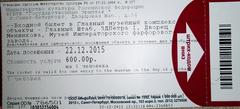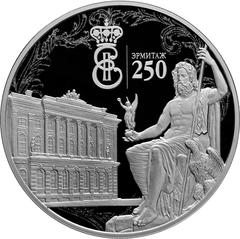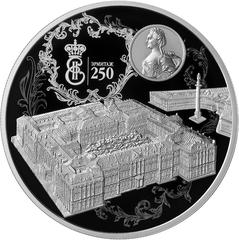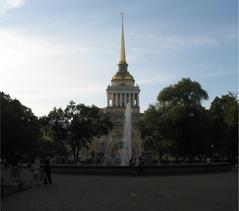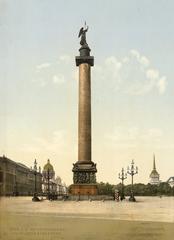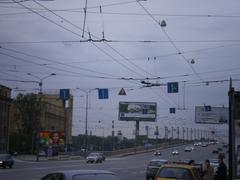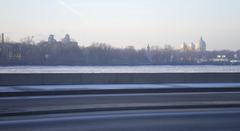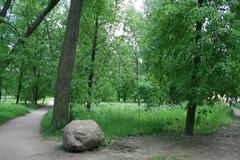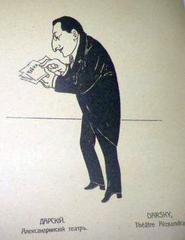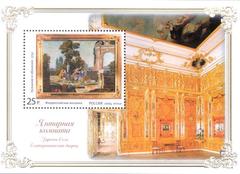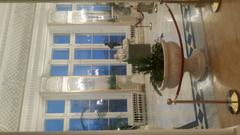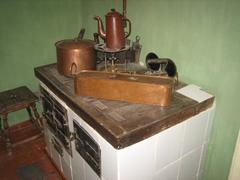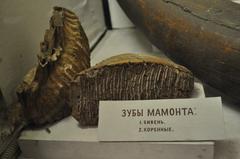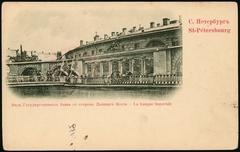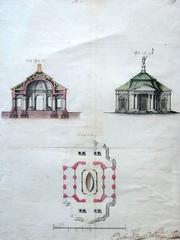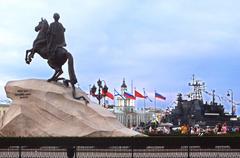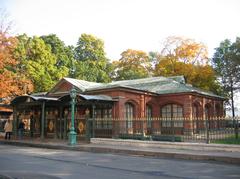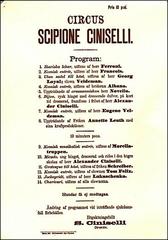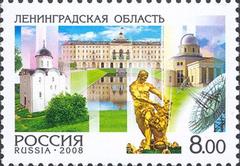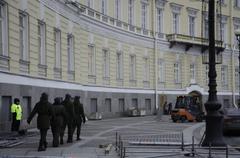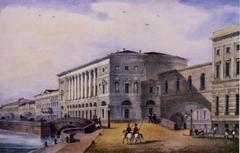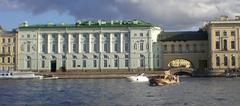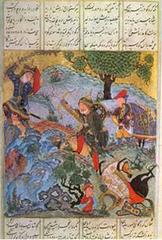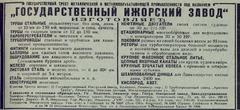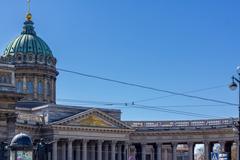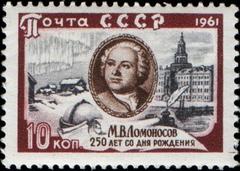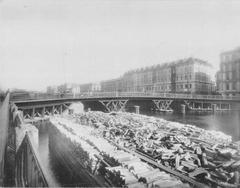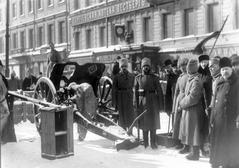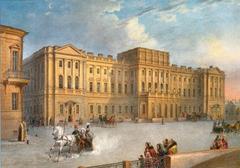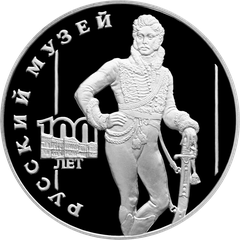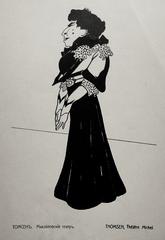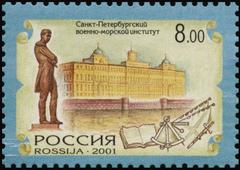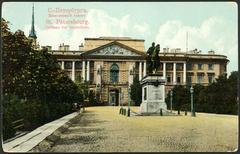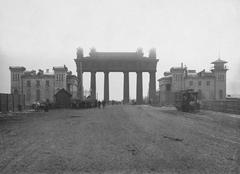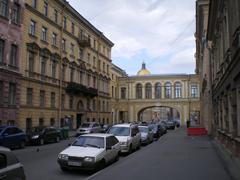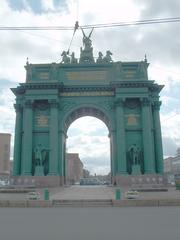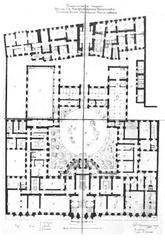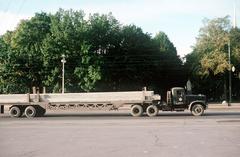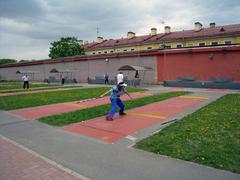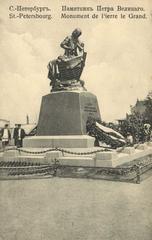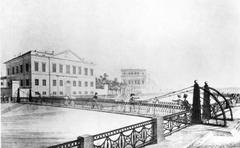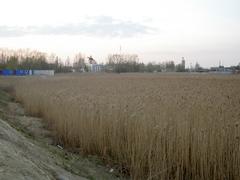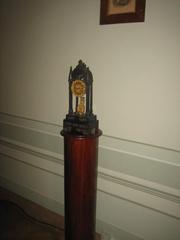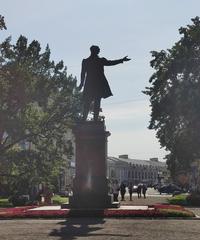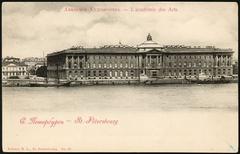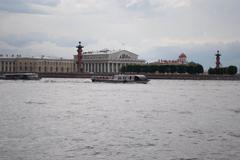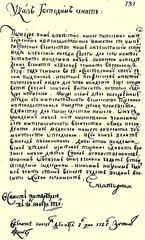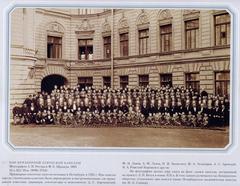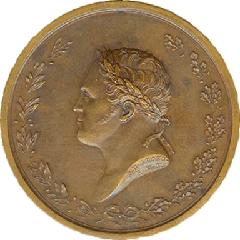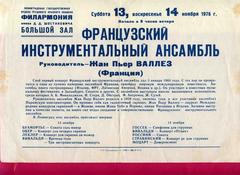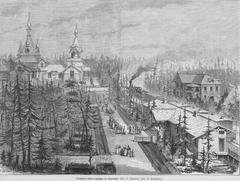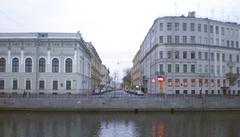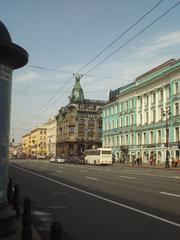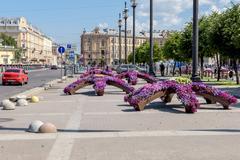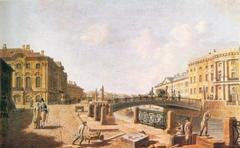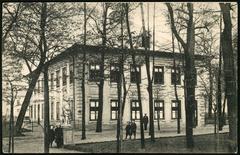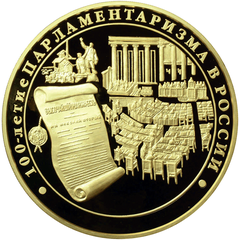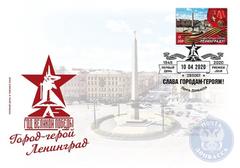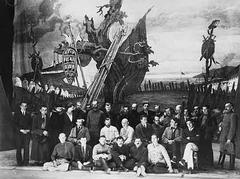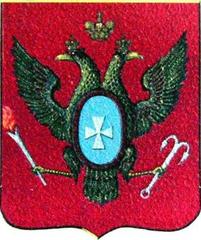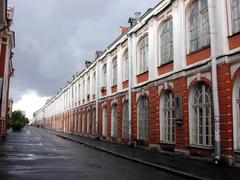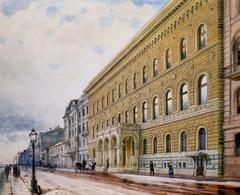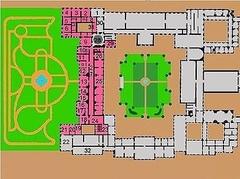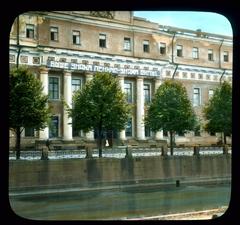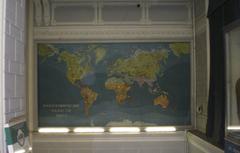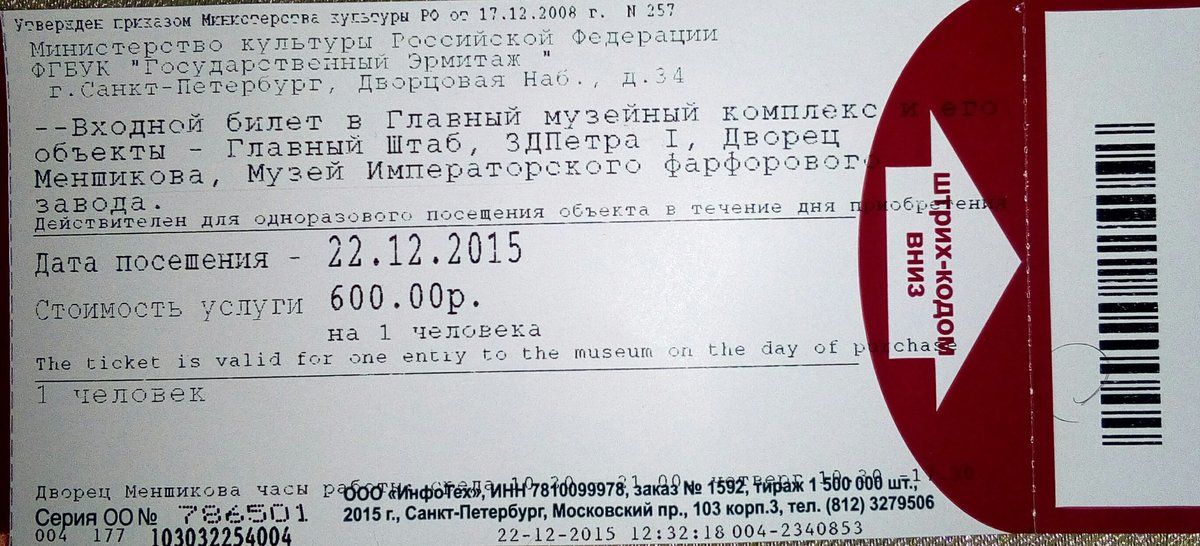
Hermitage Museum Saint Petersburg Visiting Hours, Tickets, and Visitor Guide
Date: 14/06/2025
Introduction to the Hermitage Museum
Located at the heart of Saint Petersburg, the Hermitage Museum is one of the world’s foremost repositories of art and culture. Founded in 1764 by Empress Catherine the Great with an initial purchase of 225 paintings, it has grown into an institution boasting over three million items, including masterpieces by Leonardo da Vinci, Rembrandt, Raphael, and Picasso. Housed within the majestic Winter Palace and adjoining historic buildings, the Hermitage is both a symbol of Russia’s engagement with global art and a monument to its imperial history. Its collections span diverse cultures and eras, offering visitors a journey through centuries of artistic achievement (Wikipedia, World History Journal, Confinity).
Beyond its renowned collections, the museum’s architecture—including the Baroque Winter Palace and the Neoclassical New Hermitage—immerses visitors in Russia’s imperial past. Modernization efforts, accessibility enhancements, and robust digital offerings ensure the Hermitage remains relevant and accessible to a global audience.
This guide provides practical information on visiting hours, ticketing, accessibility, guided tours, architectural highlights, and tips for exploring not only the museum but also its surrounding historical landmarks in Saint Petersburg.
Contents
- Historical Overview
- Practical Visitor Information
- Must-See Highlights and Collections
- Architectural Features of the Hermitage Complex
- Travel Tips and Visitor Experience
- Visual and Interactive Resources
- Frequently Asked Questions (FAQ)
- Conclusion and Key Visitor Milestones
- Sources and Further Reading
Historical Overview
Foundation and Growth
Empress Catherine the Great founded the Hermitage in 1764 with the purchase of Western European paintings from Berlin merchant Johann Ernst Gotzkowsky. Her vision was to establish Russia as a cultural power in Europe, using art to foster intellectual and diplomatic ties (Wikipedia). The word “Hermitage,” meaning a secluded retreat, reflected Catherine’s desire for a private gallery, which gradually became accessible to the wider public.
Architectural Expansion
To house the expanding collection, several buildings were constructed:
- Small Hermitage (1764–1767): Catherine’s original art gallery.
- Old Hermitage (1771–1787): Connected the collection to the Winter Palace.
- New Hermitage (1842–1851): The first Russian building designed as a public museum (Confinity).
- Hermitage Theatre (1783–1787): Served as a court theatre.
Public Access and Political Significance
The New Hermitage opened to the public in 1852, marking the museum’s transition from imperial sanctuary to national institution (Express to Russia). Its setting in the Winter Palace intertwined the museum with pivotal events, such as the 1905 Bloody Sunday and the 1917 Russian Revolution.
Soviet Era and Modernization
After the Revolution, the Hermitage was nationalized and enriched by artworks from former imperial and aristocratic estates. During World War II, staff evacuated over a million objects to safeguard the collection (Confinity). Postwar restoration and, later, international partnerships and digital initiatives further established the Hermitage as a modern global museum (World History Journal).
Practical Visitor Information
Visiting Hours
- Tuesday, Thursday, Saturday, Sunday: 10:30 AM – 6:00 PM
- Wednesday & Friday: 10:30 AM – 9:00 PM (Extended hours)
- Monday: Closed
The museum may adjust hours on public holidays; confirm on the official website before visiting.
Ticket Information
- General Admission: Approx. 700 RUB (~$9 USD)
- Discounts: Available for students, seniors, and children
- Free Entry: First Thursday of each month and for qualifying groups (e.g., children under 16, St. Petersburg residents)
Tickets can be bought online via the official Hermitage website or at museum box offices. Online purchase is highly recommended to avoid long queues (russiable.com).
Accessibility
The museum is wheelchair accessible, with ramps, elevators, and wheelchairs available at entrances. Service dogs are permitted, and visitor assistance is offered in key areas (tripxl.com).
Guided Tours & Special Events
Guided tours are available in several languages and can be pre-booked. The Hermitage also hosts temporary exhibitions, workshops, and concerts. Refer to the official events page for the latest programming (guidetopetersburg.com).
Getting There
- Location: Palace Square, Saint Petersburg
- Public Transport: Metro stations: Nevsky Prospekt, Admiralteyskaya; accessible by buses and trams
Recommended Visit Duration
- Allocate at least 3–5 hours for main highlights.
- Art enthusiasts may wish to spend two days: one for the Winter Palace complex, one for the General Staff Building.
Must-See Highlights and Collections
Major Collections
- Western European Art: Masterpieces by Leonardo da Vinci, Rembrandt, Raphael, Titian, Monet, Renoir, Van Gogh, Matisse, Picasso
- Russian Art: Orthodox icons, imperial artifacts, works by Russian avant-garde artists
- Antiquities: Egyptian mummies, Greek and Roman sculptures, Scythian gold, treasures from ancient Eurasian cultures
- Decorative Arts and Numismatics: Porcelain, jewelry, furniture, tapestries, and over a million coins and medals
- Asian Art: Ceramics, bronzes, and textiles from China, Japan, India, Iran, and Central Asia
Notable Rooms and Objects
- Jordan Staircase: The grand Baroque entrance of the Winter Palace
- Malachite Room: Features malachite columns and vases
- The Peacock Clock: Animated 18th-century automaton in the Pavilion Hall
- General Staff Building: Impressionist and modern collections, including works by Monet, Degas, Van Gogh, and Matisse
- Golden Treasury: Rare Scythian gold and crown jewels (guided tour only)
- Raphael Loggias: Replicas of the Vatican’s corridor with vibrant frescoes
Architectural Features of the Hermitage Complex
The Hermitage Museum is not a single building but a grand ensemble comprising:
- Winter Palace: Designed by Bartolomeo Rastrelli, the iconic Baroque imperial residence with over 1,000 rooms (depts.washington.edu)
- Small Hermitage: Catherine the Great’s private retreat and original art gallery
- Old Hermitage: Classical façade and home to the Raphael Loggias
- New Hermitage: First Russian public museum building, featuring the Atlantes Portico
- Hermitage Theatre: Historic 18th-century court theatre
- General Staff Building: Houses modern and Impressionist art, notable for its triumphal arch
- Menshikov Palace: Early 18th-century Baroque palace showcasing early Saint Petersburg history
Each building is an architectural highlight, reflecting evolving styles from Baroque to Neoclassical and providing an immersive backdrop to the museum’s collections (e-a-a.com).
Travel Tips and Visitor Experience
- Plan ahead: Buy tickets online and use the interactive museum map for navigation.
- Best times to visit: Weekdays and extended evening hours are less crowded.
- Photography: Allowed without flash in most permanent exhibitions; some rooms restrict photography—follow posted signage (advantiko.com).
- Guided tours: Highly recommended for deeper insight; audio guides are also available.
- Accessibility: Most areas are accessible for visitors with limited mobility.
Photographic Highlights
- Jordan Staircase (Winter Palace)
- Malachite Room
- Raphael Loggias (Old Hermitage)
- Atlantes Portico (New Hermitage)
- Hermitage Theatre auditorium
Nearby Attractions
Within walking distance are Palace Square, St. Isaac’s Cathedral, the Church of the Savior on Spilled Blood, and Nevsky Prospect. Exploring these sites will further enrich your cultural experience in Saint Petersburg.
Visual and Interactive Resources
- Official virtual tour
- Mobile apps and interactive maps for navigation and artwork information
Frequently Asked Questions (FAQ)
Q: What are the Hermitage Museum’s opening hours?
A: Tuesday, Thursday, Saturday, Sunday: 10:30 AM–6:00 PM; Wednesday and Friday: 10:30 AM–9:00 PM; Closed Monday.
Q: How do I purchase tickets?
A: Online via the official website or at the museum box office; online purchase is recommended.
Q: Is the museum wheelchair accessible?
A: Yes, with ramps, elevators, and visitor assistance.
Q: Are guided tours available?
A: Yes, in multiple languages; book in advance.
Q: Can I take photos inside the museum?
A: Photography without flash is generally allowed, but some exhibitions prohibit it—observe posted signs.
Q: What are some must-see highlights?
A: Jordan Staircase, Malachite Room, Peacock Clock, da Vinci and Rembrandt paintings, Golden Treasury.
Conclusion and Key Visitor Milestones
The Hermitage Museum stands as a testament to centuries of artistic innovation, cultural dialogue, and imperial grandeur. Its extensive collections and architectural splendor offer a unique experience for visitors from around the world. By planning ahead—booking tickets online, joining guided tours, and allocating sufficient time—you can make the most of your visit.
Key Milestones:
- 1764: Foundation by Catherine the Great
- 1852: New Hermitage opens to the public
- 1917: Nationalization post-Revolution
- 1941–1945: WWII evacuation and restoration
- 1990s–Present: Modernization and digital outreach
Download the Audiala app for enhanced navigation, audio guides, and personalized tips. For the latest updates on exhibitions and events, follow the Hermitage Museum and Audiala on social media.
Sources and Further Reading
- Wikipedia
- World History Journal
- Confinity
- Express to Russia
- Schmidt Holidays
- Pictolic
- World History Journal – St. Petersburg Architecture
- e-a-a.com
- russiable.com
- guidetopetersburg.com
- advantiko.com
- depts.washington.edu
- tripxl.com
- historytools.org
